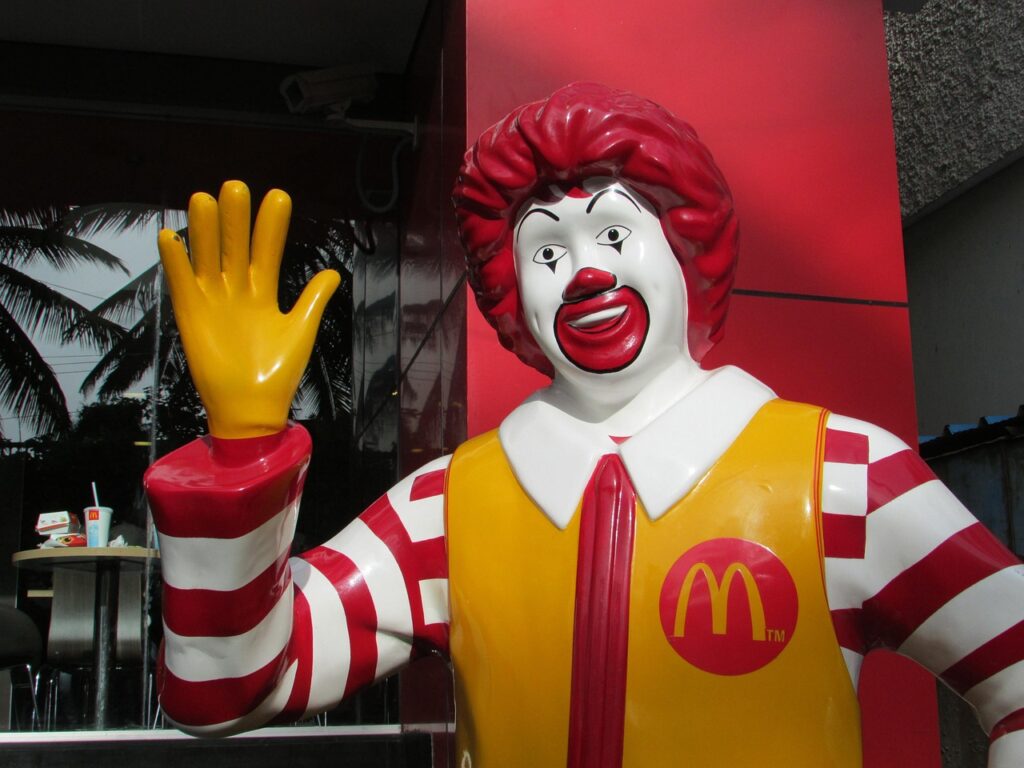
McDonald’s is a cultural staple recognized all over the world. But beyond the Big Macs and Happy Meals, the company’s history is filled with unexpected twists and little-known facts. From owning vast amounts of real estate to experimenting with unexpected menu items, here are 15 surprising things you probably didn’t know about the world’s most famous fast-food chain.
McDonald’s Is Primarily a Real Estate Business
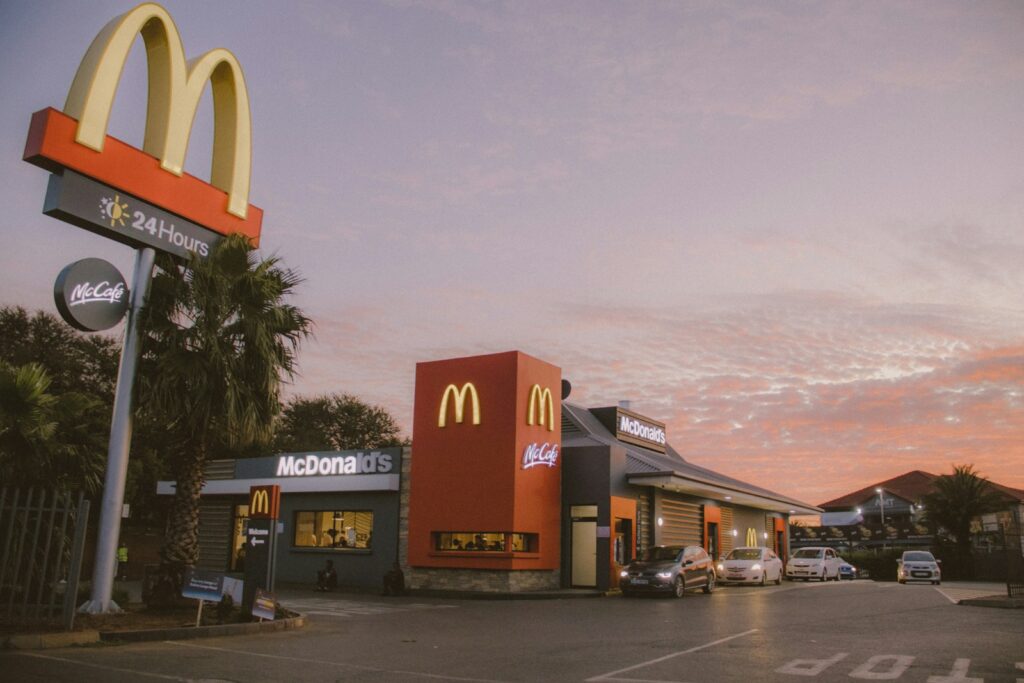
Most people think McDonald’s makes its money selling burgers and fries, but a huge portion of its revenue actually comes from real estate. The corporation owns much of the land and buildings where its franchises operate. Franchisees pay rent, often based on a percentage of their sales, which creates a steady income for McDonald’s regardless of how well individual restaurants perform. This strategy has helped the company build long-term wealth and remain financially strong, even in economic downturns.
The First McDonald’s Didn’t Specialize in Burgers
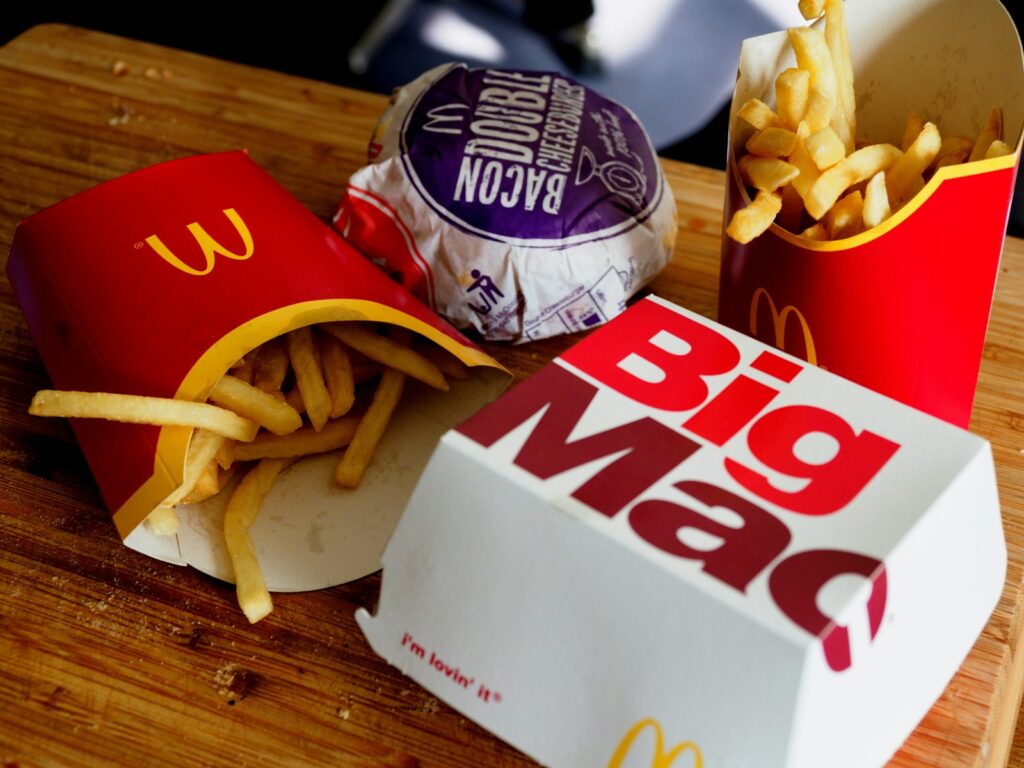
When the McDonald brothers opened their original restaurant in San Bernardino, California, in 1940, they focused on barbecue, not burgers. The menu included about 25 items, featuring slow-cooked meats and carhop service. It wasn’t until 1948 that they revamped the business to focus on a limited menu of burgers, fries, and shakes. This decision to streamline service and speed up food preparation became the foundation of the McDonald’s model that would eventually take over the world.
McDonald’s Serves More Than 69 Million People Every Day
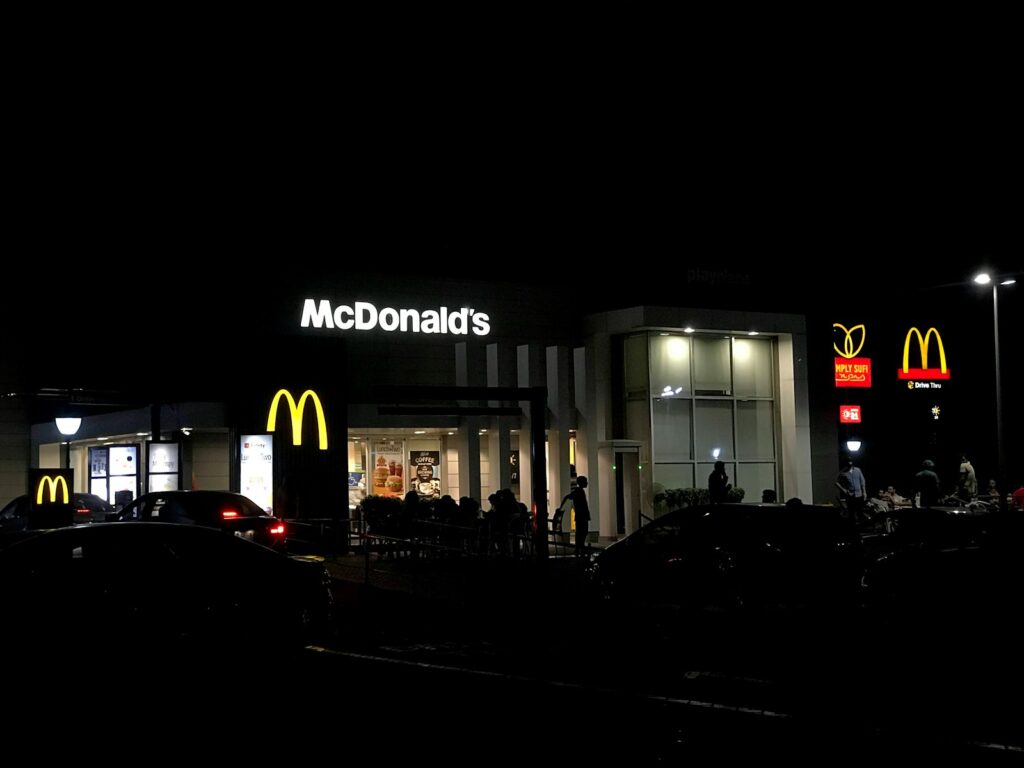
That’s more than the population of many large countries. With over 40,000 locations spread across more than 100 countries, McDonald’s feeds roughly one percent of the global population every single day. This massive reach has made it one of the most influential food companies in history. The brand’s consistent menu, marketing, and accessibility help keep people coming back, whether they are in New York, Tokyo, or Johannesburg.
The Filet-O-Fish Was Created for Religious Observance
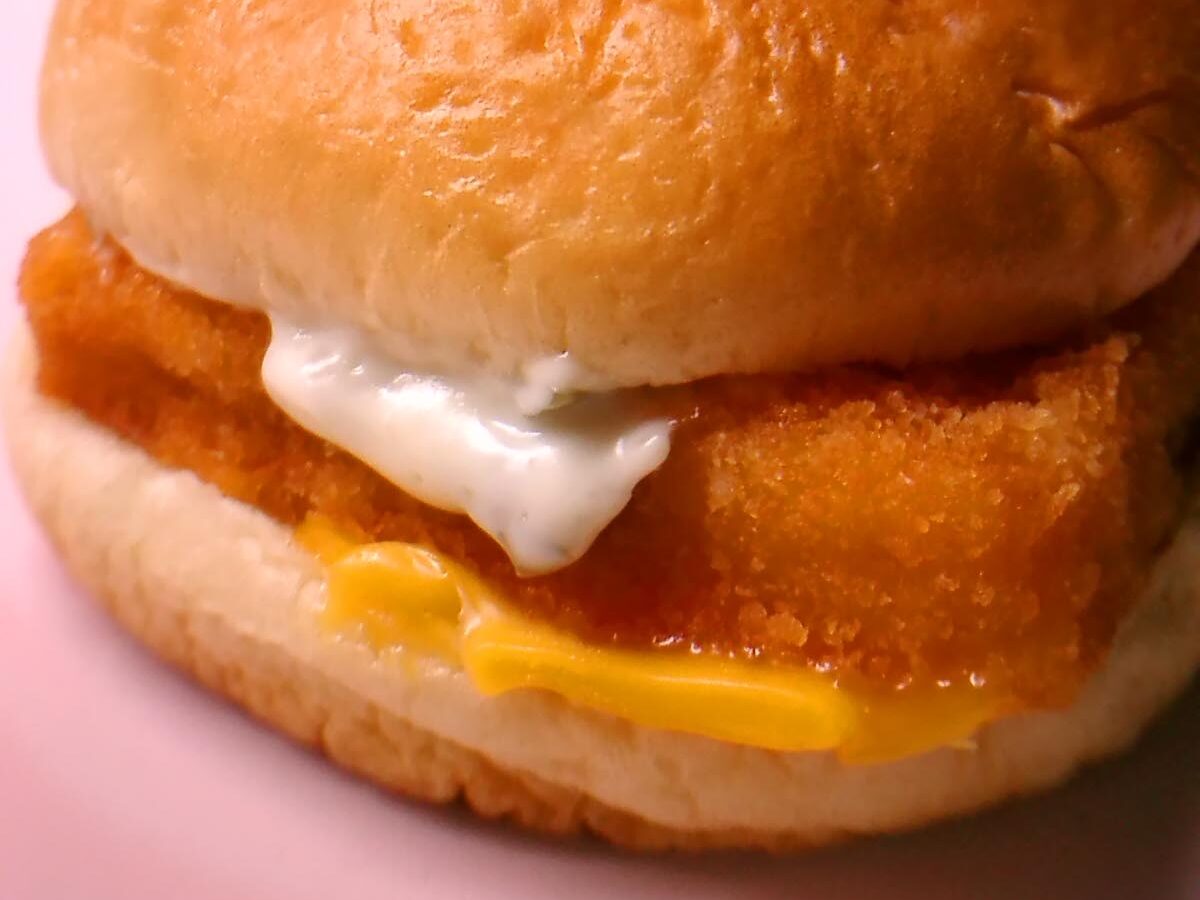
In 1962, a McDonald’s franchise owner in Cincinnati noticed a sharp drop in burger sales during Lent, when many Catholic customers avoided eating meat on Fridays. To address this, he invented the Filet-O-Fish sandwich using breaded white fish. The idea was initially met with skepticism at McDonald’s corporate headquarters, but it was tested against another creation from Ray Kroc called the Hula Burger, which featured grilled pineapple and cheese. The fish sandwich won decisively and has been on the menu ever since.
The Golden Arches Are More Recognizable Than Religious Symbols
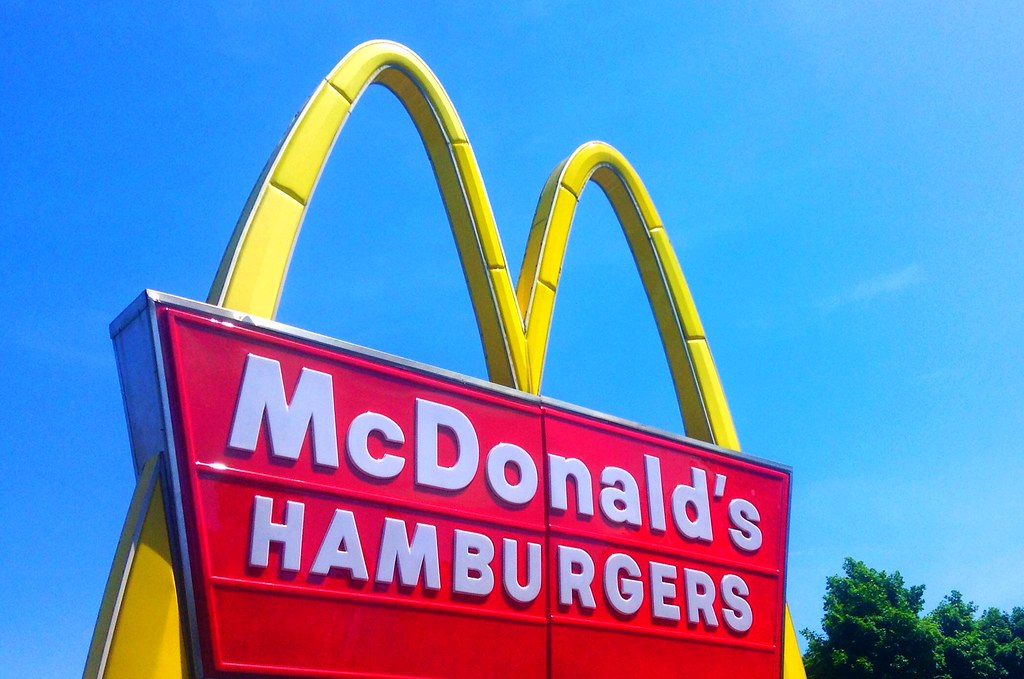
A global survey once found that more people could identify the McDonald’s Golden Arches than the Christian cross. This fact highlights the sheer power of corporate branding and the deep reach of McDonald’s marketing efforts. The arches have become a universal symbol of fast food, comfort, and familiarity. Even in remote areas or unfamiliar countries, spotting those yellow arches gives travelers a sense of predictability in their food choices.
McDonald’s Has Its Own Corporate University
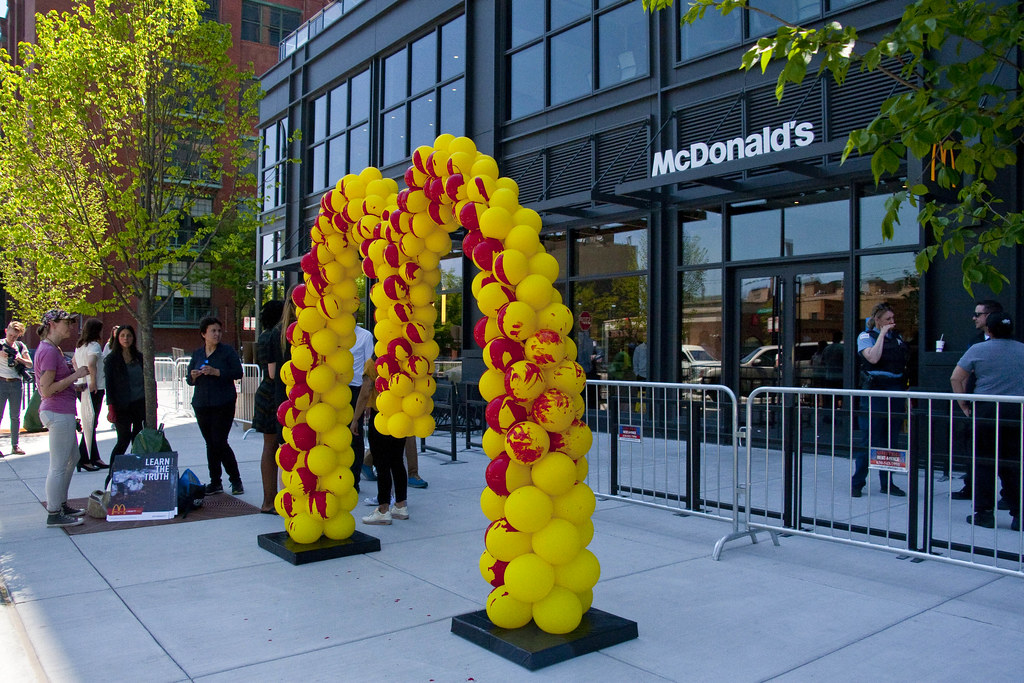
Known as Hamburger University, this training facility in Oak Brook, Illinois, educates thousands of McDonald’s managers, franchise owners, and corporate staff every year. Established in 1961, it offers courses on restaurant operations, management, customer service, and leadership. The curriculum is rigorous, and graduates receive a diploma upon completion. The program is taken seriously within the company and has helped maintain consistent quality and standards across all global franchises.
The Moscow Location Was Once the Busiest in the World
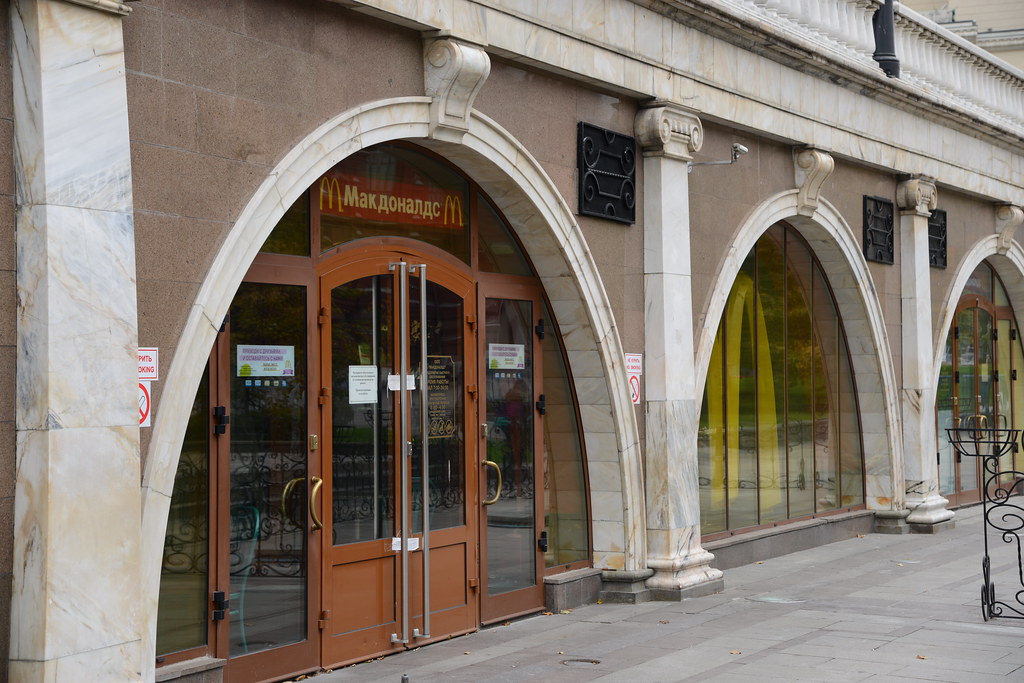
When McDonald’s opened its first Russian location in Moscow’s Pushkin Square in 1990, it became an instant sensation. More than 30,000 people visited on opening day, eager to try Western fast food for the first time. The restaurant remained one of the busiest in the world for many years, regularly serving thousands of customers each day. It became a symbol of cultural change and openness during a pivotal time in Russian history.
McDonald’s Once Tried Selling Pizza
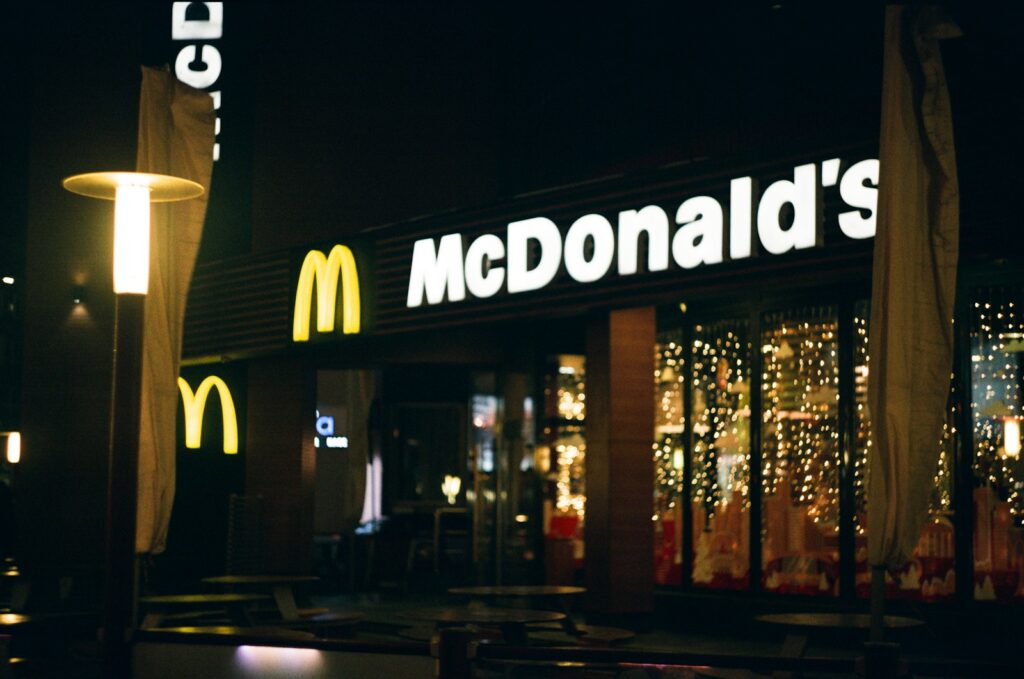
In the late 1980s and early 1990s, McDonald’s experimented with pizza in an effort to expand its dinner offerings. The McPizza was introduced in select locations and featured traditional pizza toppings. While it generated initial interest, the item failed to catch on. Long preparation times and kitchen limitations made it hard to serve quickly. Eventually, the idea was abandoned, though a few die-hard fans still remember it fondly as a unique chapter in McDonald’s menu history.
McDonald’s Once Had a Menu Item Called the McDLT
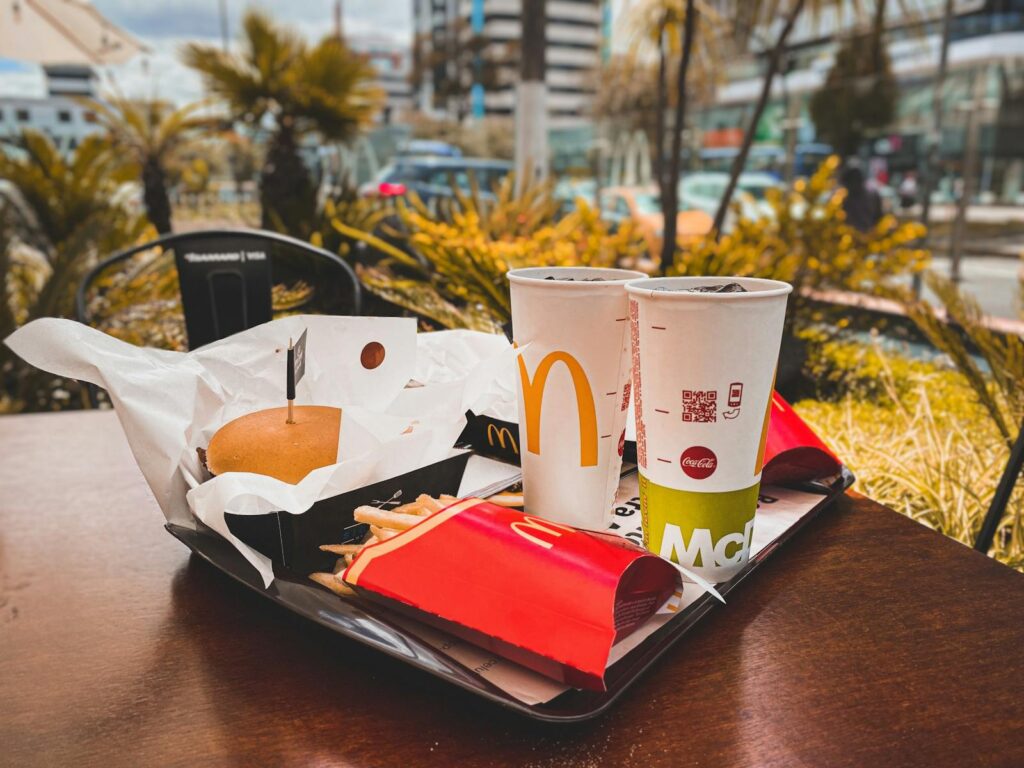
The McDLT was an attempt to keep the hot and cold elements of a burger separate until the moment of consumption. It came in a two-compartment container: one side with the burger and bottom bun, and the other with lettuce, tomato, cheese, and the top bun. Customers would assemble it themselves. While innovative for the time, the extra packaging drew criticism for being environmentally wasteful. The McDLT was eventually discontinued, but it remains a nostalgic item for those who remember it.
There’s a Secret McDonald’s on Disney Property
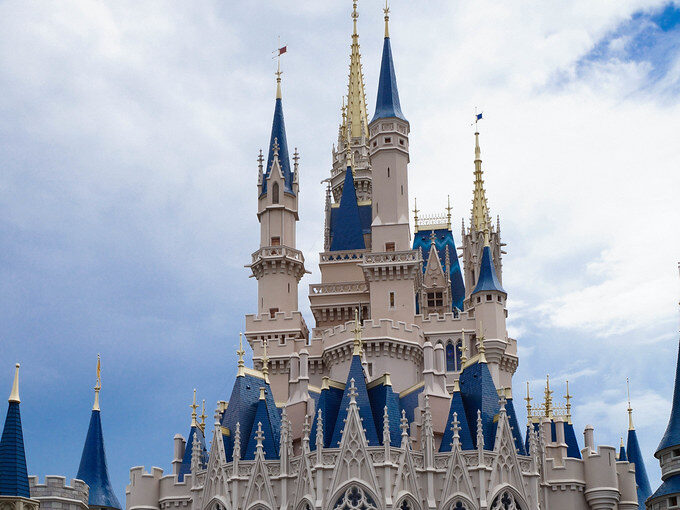
Tucked away on Walt Disney World property in Orlando, Florida, there is a McDonald’s that is completely themed to fit the magical atmosphere. For many years, it was styled with whimsical architecture and outdoor play areas that blended into the park’s design. While it operates like a standard franchise, it stands out due to its unique look and close proximity to one of the world’s most visited destinations. It’s a popular pit stop for families before or after a day in the park.
McDonald’s French Fries Once Contained Beef Tallow
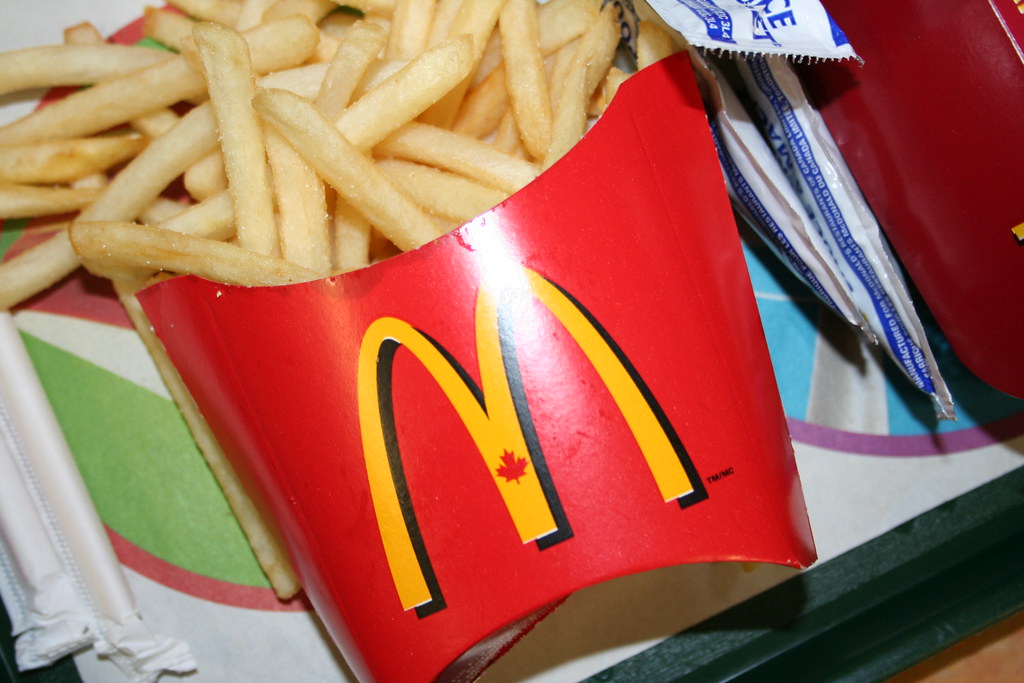
Originally, McDonald’s fries were cooked in a mixture that included beef tallow, giving them a rich flavor many still remember fondly. However, due to growing concerns about saturated fats and changing consumer preferences, the company switched to vegetable oil in the 1990s. The change was healthier but controversial. Some fans believe the taste was never quite the same, and the company even faced lawsuits from vegetarians who were unaware of the original ingredients.
India’s McDonald’s Has No Beef or Pork on the Menu
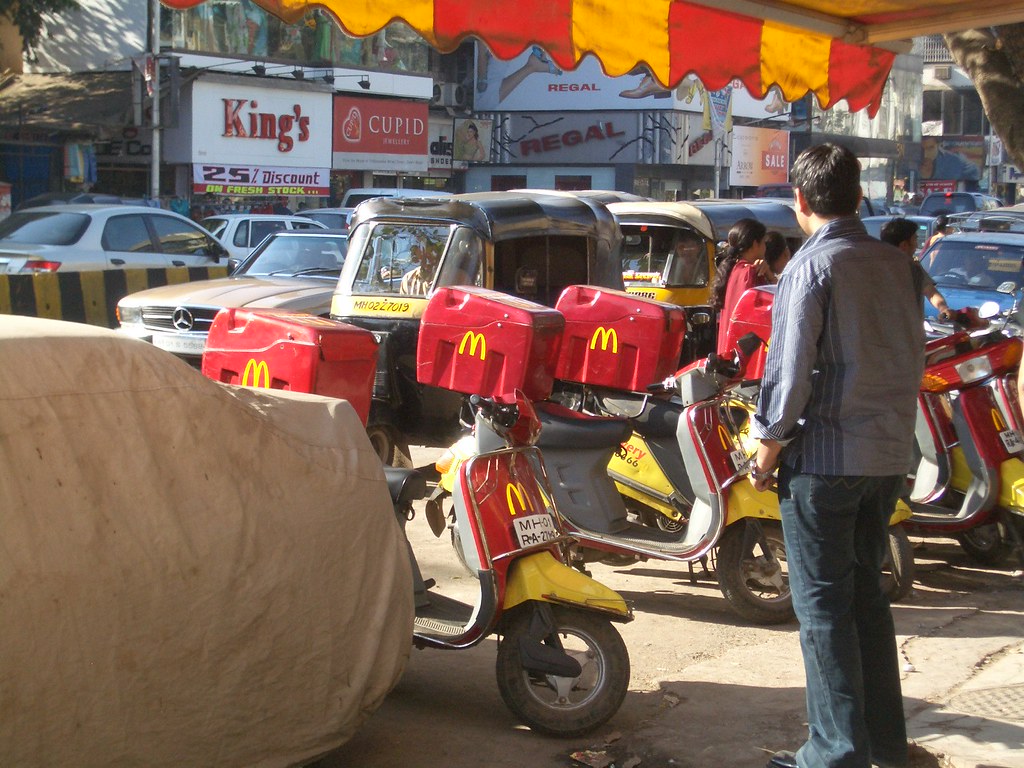
Due to religious and cultural practices in India, McDonald’s does not serve beef or pork in its Indian locations. Instead, the menu features local favorites like the McAloo Tikki, made with a spiced potato patty, and the Chicken Maharaja Mac. The company had to completely rethink its approach to fast food to cater to vegetarian customers and traditional diets. This level of localization is part of why McDonald’s has remained successful in such diverse global markets.
The Happy Meal Was Inspired by a Guatemalan Idea
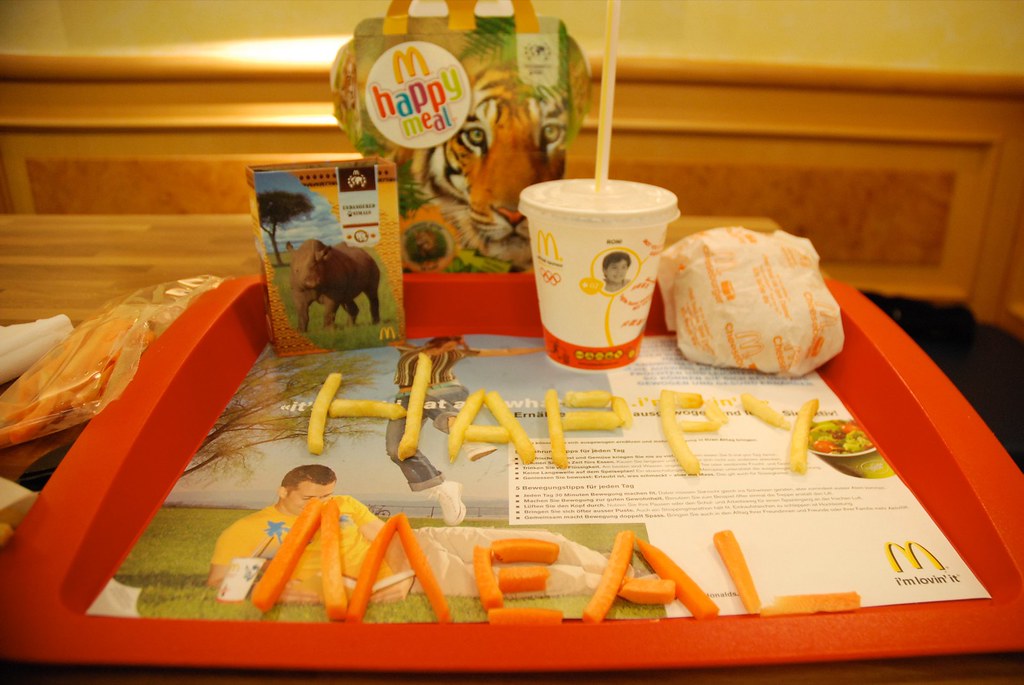
The concept for the Happy Meal originated in Guatemala in the mid-1970s when a franchise owner created a “Menu Ronald” to appeal to children. It included a small burger, fries, a drink, and a toy. The idea was picked up by McDonald’s headquarters, developed further, and officially launched in the U.S. in 1979. It quickly became one of the brand’s most iconic and profitable innovations, with generations of kids growing up associating McDonald’s with toys and fun.
McDonald’s Tried a Fine Dining Experiment
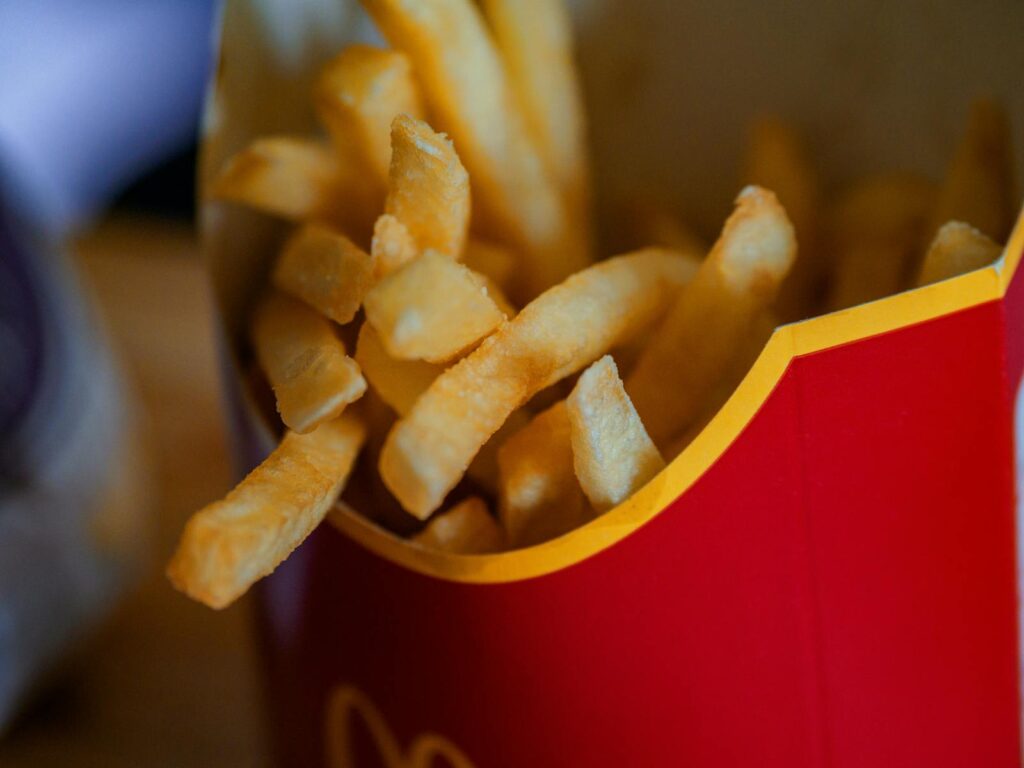
In the early 2000s, McDonald’s tested a new upscale concept called “McDonald’s Next” in select markets. These locations featured sleek interior designs, customizable gourmet-style burgers, digital ordering kiosks, and premium coffee options. The idea was to rebrand McDonald’s as a modern, health-conscious, and tech-forward restaurant. While some elements were successful and adopted broadly, the overall concept didn’t spread widely.
McDonald’s Once Bought Chipotle (and Then Let It Go)
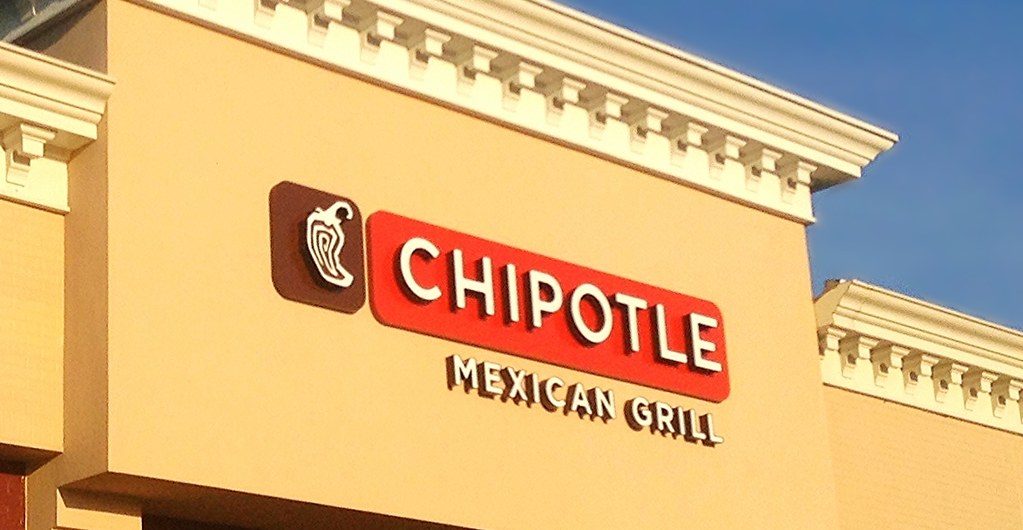
In the late 1990s, McDonald’s invested in Chipotle, which was still a small regional chain. By 2005, McDonald’s had a majority stake and helped fund its expansion across the United States. However, as McDonald’s refocused on its core business, it divested from Chipotle in 2006. Ironically, Chipotle went on to become one of the most popular fast-casual brands in America. Many believe McDonald’s missed out on a huge long-term opportunity by letting it go too soon.
